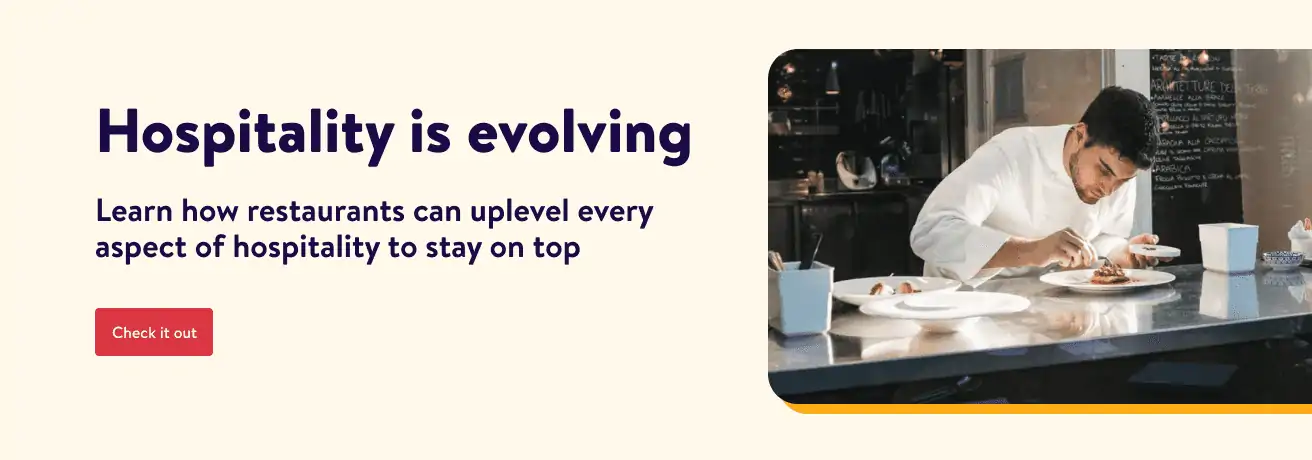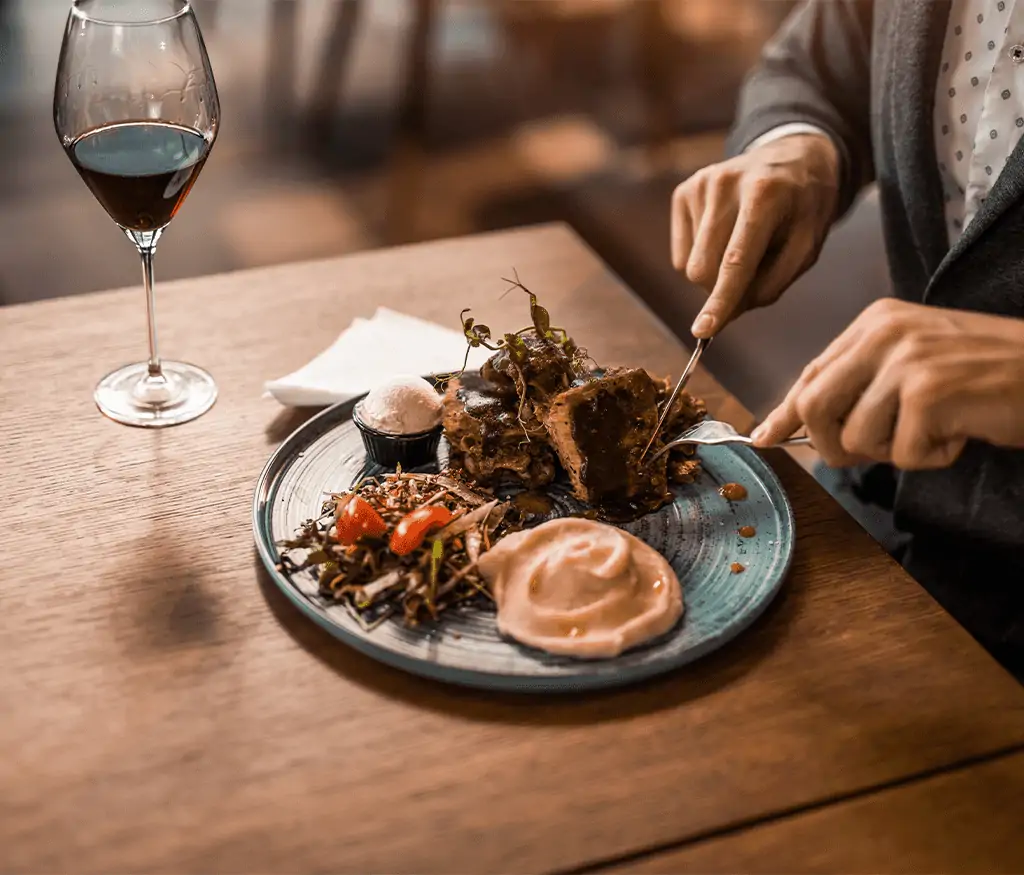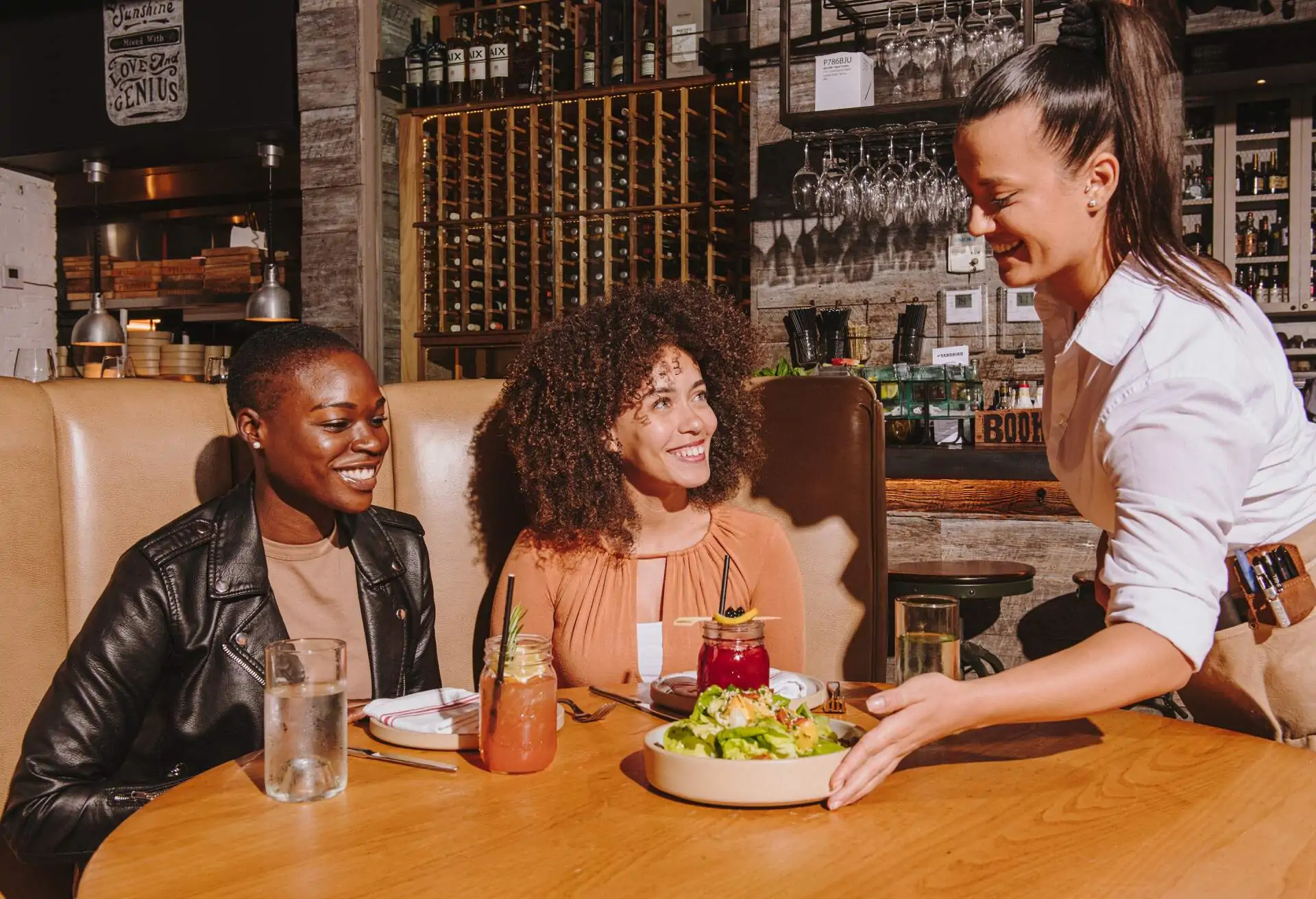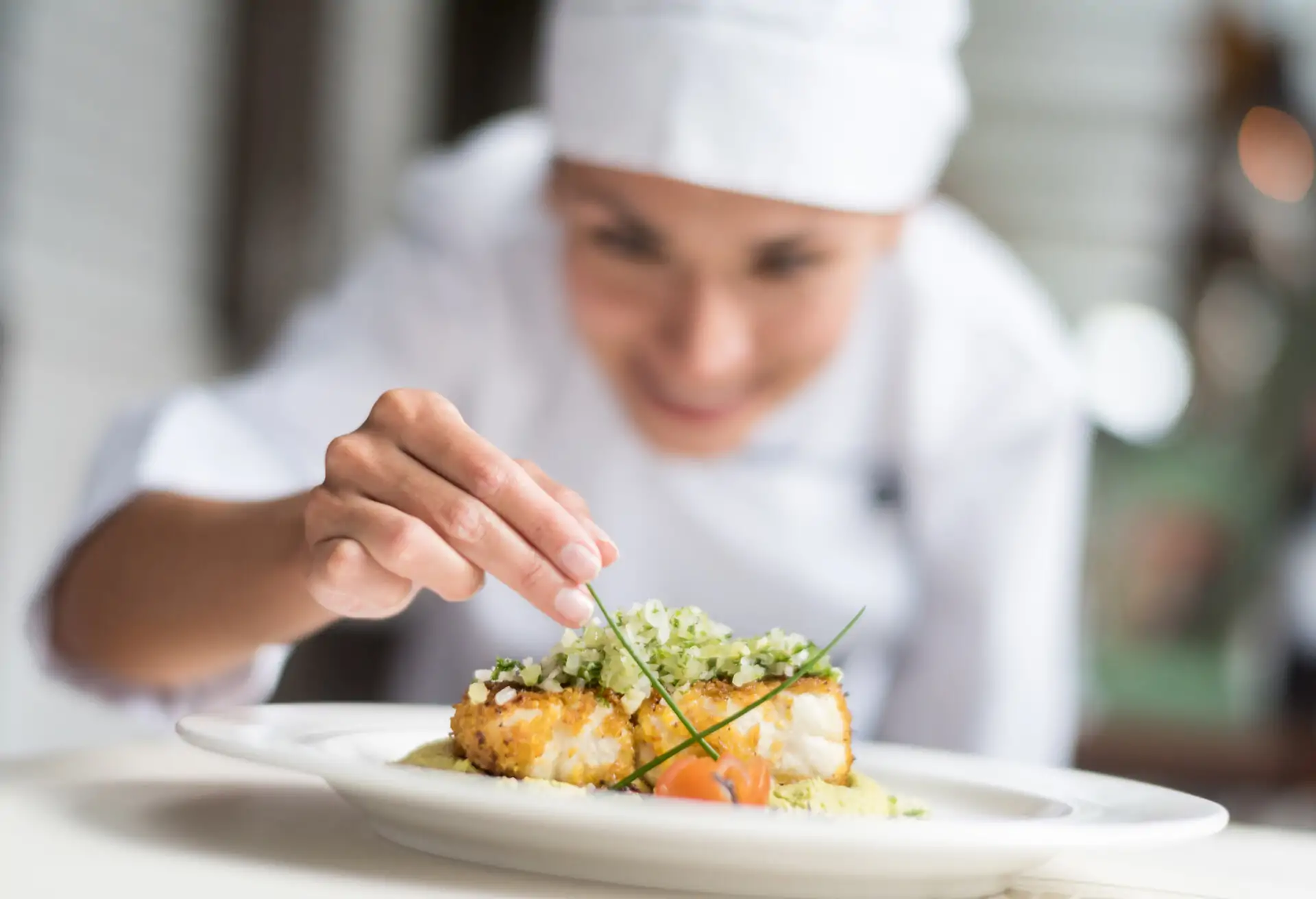Hospitality trends are constantly shifting, and there’s only so much a restaurant owner can do to predict what’s coming next. No one would have guessed that remote work would be the norm or that TikTok would be the social media powerhouse it is today. Still, staying on top of what’s new can help your restaurant stand out.
The good news is that changing restaurant trends allow restaurants to jump on the next big thing and get ahead of the competition. As guest preferences change and new developments in technology come out, keeping up to date can help you in several key ways. First of all, making the most of technology can boost your bottom line by helping you do more with less without compromising hospitality. And showing that you’re aware of the latest trends can attract new guests, build loyalty, and raise your profile.
These are some of the latest hospitality trends to consider for your restaurant.
Quick Links
Technology
Relationships
Food and Menus
Technology trends to watch
People are drawn to the restaurant business because they don’t want to be glued to a screen all day. But there’s no doubt that technology has transformed the industry, setting savvy restaurateurs up for success, especially in recent years—76% of operators say technology gives them a competitive edge, according to a recent report from the National Restaurant Association (NRA).
Digital ordering has been a game changer, and the latest trends for 2024 could change how hospitality businesses operate even more. Innovations like AI, robots, and even tech-enabled ordering can help restaurants succeed by keeping labor costs down while still delivering on guest experience.
Automations help restaurants do more with less
So far, automation—using tech to streamline operations—has mainly been used for things that happen before the meal, like digital waitlists and self-service order kiosks. But the latest advancements offer solutions for back of house, too.
Digital kitchen display systems could make paper tickets obsolete. Instead, they show orders on a screen and can even help manage how meals are coursed out.
Other automation tools can ensure you never run out of supplies or ingredients. Inventory management software updates stock levels based on point-of-sale (POS) data on guests’ orders. They can even trigger an automatic reorder when inventory drops below par.
These days, you can create email campaigns that send automatically and auto tag your most valuable guests by visit frequency or spend amount.

Artificial Intelligence (AI) is a hot topic
In an industry that already relies on online ordering and digital reservations, AI-powered solutions are the inevitable step. With the promise of lower labor costs, less waste, more effective marketing, and a better guest experience, it’s easy to see why.
Restaurants can use AI to create contactless drive-throughs, track inventory and demand data to reduce waste, and track customer behavior to create more successful promotions, to name a few.
Restaurants are already using ChatGPT to beef up menu descriptions, assist with drive-through ordering, and draft promotional copy, according to Hospitality Technology.
Robots can tackle some tasks
With restaurant labor still hard to come by, hospitality brands are looking to robots to handle certain tasks. Quick-serve concepts like Chipotle, White Castle, and Sweetgreen are testing robots that can make chips, flip burgers, and toss salads, according to Business Insider.
But that doesn’t mean the tech is out of reach for independent restaurants. Philadelphia Szechuan restaurant Emei has dealt with the labor crunch with Bella, a service robot manufactured by the Chinese company Pudu. Bella saves time and money by running food to tables and takeout orders to waiting customers. With dozens of cute, emoji-like facial expressions, customers love taking selfies with the robot, making it a great source of word-of-mouth marketing.
Tech-enabled ordering is enticing to diners
Using tech-enabled features, restaurant operators can appeal to guests looking for a faster and easier ordering experience. According to the NRA, 70% of people would use an option to place their order online, schedule a time to arrive at the restaurant, and get their food shortly after they’re seated.
Not only will this enhance your guest’s experience, but it will also help drive more revenue for your restaurant by increasing table turns and squeezing more parties into every shift.
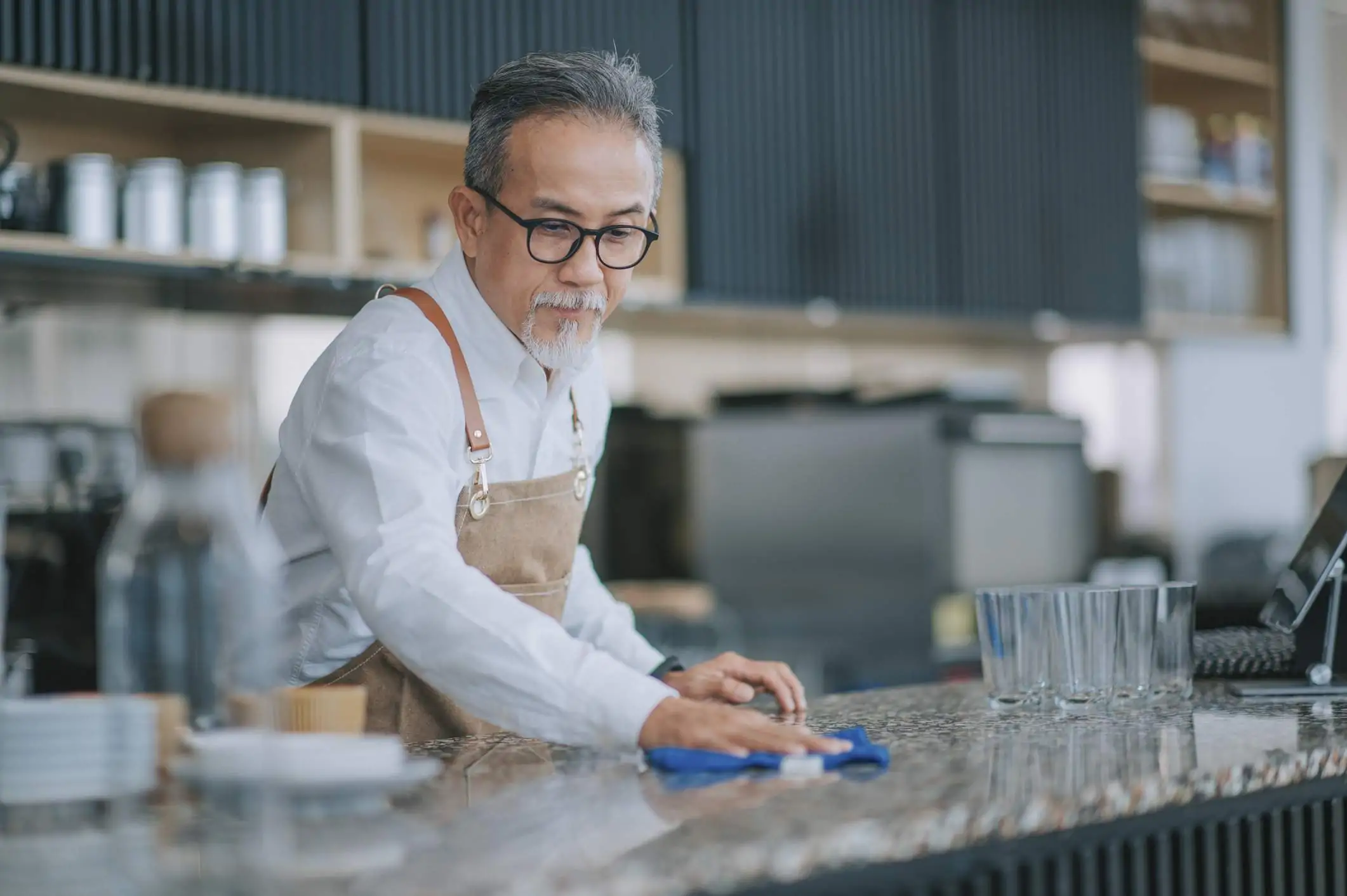
Relationships are everything
These days, good food and standout hospitality just aren’t enough to stand out in a crowded market, especially with an uncertain economy still putting pressure on consumer spending.
To stay competitive, restaurants go above and beyond to maintain a relationship with every guest who walks in the door. The best restaurants understand they need to focus on every step of the guest journey. That includes everything from personalized marketing to eco-friendly initiatives.
Hyper-personalization is here to stay
A personalized dining experience is no longer a nice-to-have—it’s the expectation for most guests. Thankfully, digitized guest experiences like online reservations have made it increasingly possible to tailor the restaurant experience to each guest. With their preferences, order data, and other information stored in reservation platforms and restaurant CRMs, restaurant teams are empowered to offer a higher level of personalization than ever before.
That can look like a digital ordering platform suggesting menu items based on a guest’s past orders or personalizing promotional offers in email marketing based on customer preferences. Staff can even use data in-service to free up more time for touches like personalized wine recommendations that strengthen your restaurant’s relationship with guests.
Demand for sustainability is growing
Restaurant and hotel guests care about the environment more than ever. One way to connect with them is by making your business greener. Minimize your carbon footprint with eco-friendly packaging, or go the extra mile by composting and sourcing locally to show guests that you care about the same things they do.
Some restaurants are literally bringing the farm to guests’ tables. At the upcoming St. Louis salad spot, Neon Greens, diners enjoy hydroponic lettuce grown onsite. The fresh product makes for tastier salads, less food waste, and an engaging customer experience.
“The customer is really a part of the produce journey from seed to plate,” owner Josh Smith told Restaurant Business. “They see the whole thing, and it happens before their eyes.”
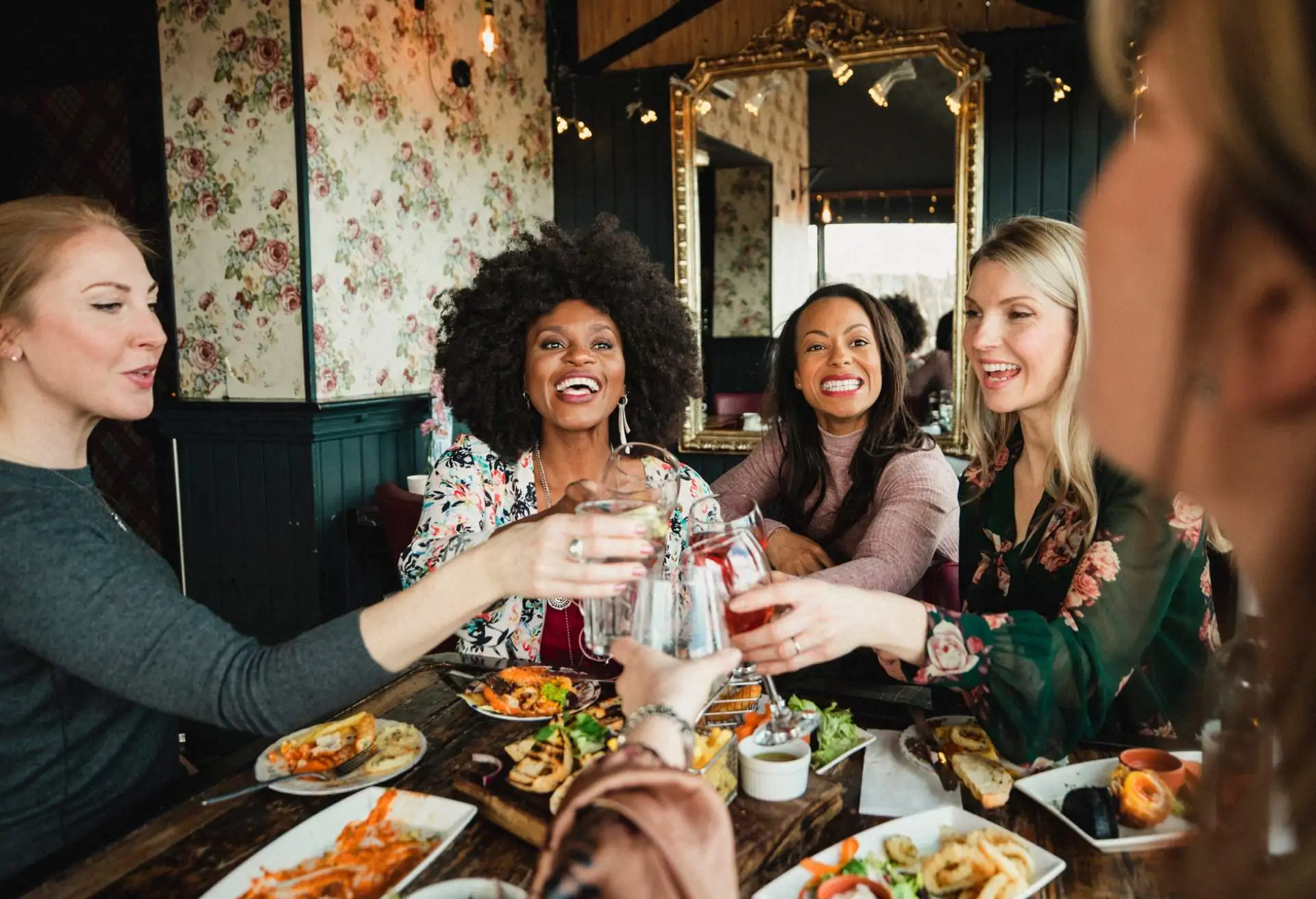
Loyalty programs attract value-conscious guests and keep them coming back
With people more value-conscious than they used to be, offering a loyalty program is a great way to make guests feel extra special while encouraging them to spend. Plus, the rewards outweigh convenience for most: 78% say they’re more likely to go where they can earn points even if it isn’t as convenient as other places, according to the NRA.
Thanks to restaurant tech, the latest loyalty programs go way beyond punch cards for free items. In fact, these stealth loyalty programs let you identify VIP customers based on their habits, then personalize offerings to keep them coming back.
Hospitality is for restaurant teams as well as guests
In 2024, hospitality isn’t limited to guests. The pandemic highlighted the value of hardworking restaurant professionals, and owners are extending that hospitality to their teams.
It’s all about creating a positive work environment, respecting staff as individuals with lives outside the four walls of a restaurant, and treating them with the same respect and consideration that they’re trained to extend to guests. Plus, having a happier staff tends to be good for business in a tight labor market.
Solo dining is on the rise
Traditionally, dining out has been synonymous with dates, group gatherings, and special occasions. However, a new trend is emerging—solo dining. Up 4% from 2022, solo dining saw the largest increase of any party size last year, according to OpenTable data, and Thursday and Friday are the most popular days for dining alone.*
From business travelers looking to catch up on work to guests looking for some ‘me time,’ it’s essential to keep these guests in mind. Making room for a handful of tables for one in your floor plan or offering solo-friendly menus with smaller portions are easy ways to make solo diners feel comfortable so they return again and again.
Menus are getting makeovers
As inflation has caused consumers to tighten their budgets, food and beverage trends have shifted in response. Restaurants are sticking with tighter menus that are easier to execute with fewer workers. At the same time, they’re tweaking offerings to include vegetarian and gluten-free options and adding more handcrafted mocktails to create a smoother customer experience.

Simplified menus help control costs
One way restaurant owners have been coping with higher costs, staffing crunches, and supply chain issues is by paring down their offerings. West Coast burger joint In-N-Out is the blueprint here. The chain’s tight, no-frills menu is backed by great food and solid customer service.
In the fine dining space, a shift to simplicity can mean prix fixe menus, a limited ability to accommodate substitutions, and radically shorter menus than we’ve seen in years past.
Make room for mocktails
Mocktails and non-alcoholic beverages are growing in popularity—OpenTable guest reviews in 2023 saw mentions of “mocktail” jump 48% from the previous year and “non-alcoholic” increase 8%.**
By offering house-made mocktails and alcohol-free beverages, your restaurant can appeal to a broader audience and create a more inclusive experience. Plus, mocktails offer an upside to your bottom line. They can carry a higher price tag than water or soda because they’re handcrafted despite being made from surplus ingredients already on hand.
Diners are driven by value
Affordable happy hour menus with chef-driven options are the answer over pricy dinners for many value-seeking guests. Discounts for off-peak times of day and designing a menu with smaller-sized portions at lower price points are simple ways for restaurants to meet guests’ preferences without sacrificing on experience.
Beyond food, guests want an experience
With many people tapping out on buying physical goods, people are pivoting to spending their money on experiences like travel and dining out. Restaurants are increasingly using experiential dining offerings to showcase what sets them apart, promoting a range of customized experiences like tastings, classes, and special menus.
“Experiences has helped turn our bottomless brunch special into one of our most successful services,” said Alex Levin, Director of Strategic Business Initiatives & Pastry Programs at Tico. “People searching for reservations see we have something special to offer and choose to book with us.”
Restaurants have always adapted to improve their bottom lines and keep guests happy, even as customer expectations and advances in technology shift. Keeping on top of hospitality industry trends means you’ll know what’s coming and how to leverage it for your business. Even small tweaks based on upcoming trends can help your restaurant succeed and stay ahead of the competition.
*OpenTable looked at the number of seated diners from online, phone, and walk-in reservations from January 1 – September 30, 2023 and compared it to the same range in 2022, including restaurants that were on the platform in both of these periods.
**OpenTable analyzed more than 200 keywords and phrases across more than 2.5M text restaurant reviews from January 1 – September 30, 2023 and compared it to the same date range in 2022. Keywords reflected were featured in the top 50% by number of mentions.
